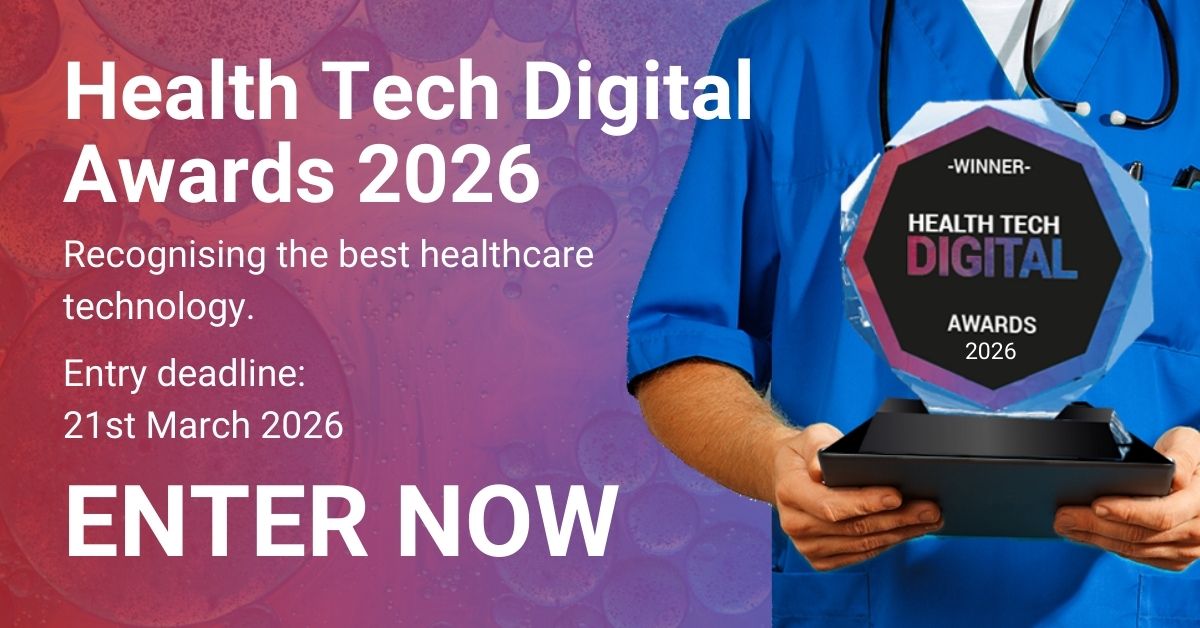
The importance of information and communications technology in healthcare has been brought to the foreground by the pandemic. Video-call consultations between patients and doctors are now commonplace as are automated emails and text alerts for upcoming appointments. Moving beyond the need to keep patients and healthcare professionals socially distanced, communications technology is a great place to start delivering a better patient experience.
Patient Experience & Care Team Experience
Transforming healthcare communications shouldn’t stop at video calls and texts. The first step is to give patients alternatives for connecting to healthcare. The right technology can support multiple inbound and outbound communication channels including voice and video calls, email, or chat. The next step is to streamline the behind-the-scenes systems that keep up with data and information.
Healthcare teams should be enabled to communicate seamlessly so they’re more accessible to each other and to patients. This means integrating communications into workflows and replacing outdated, manual processes with streamlined, automated workflows and communications tools so teams are free to focus on delivering care and less on delays and rework.
Data-Driven Insight
AI, data and analytics can create context in a connected system, just as it does for customer service contact centres in the retail world. For customer, think patient and for customer service agent, think healthcare team.
To create context, a system must first be able to quickly gather and organise data then present it as clearly as possible so that both patients and healthcare teams get the answers and information they need, when they need it. From the technical point-of-view, this means infusing Artificial Intelligence (AI) along with knowledge and insights throughout every patient journey and every care team-member journey from when a call is first made to 999 or a healthcare advisor.
The data can be gathered from multiple sources. For example, smart mobile devices, fitness trackers and wearables all contain IoT sensors that gather enormous volumes of information that can be analysed by AI and Machine Learning technology. This data can be used to initiate a personalised health action such as advise the user to take medication, or go for a run, or contact a nurse. AI and Machine Learning help us to do this at scale, and its personalised so less likely to be ignored.
Capture the Conversation
Conversations also hold a vast amount of information that AI can use. Real-time, AI-powered speech-analytics can automatically transcribe and analyse voice interactions into actionable next-steps and outcomes. Conversations can be instantly analysed for between-the-lines patient and care-provider sentiment, revealing trends and areas of concern that might otherwise remain hidden.
AI Digital Assistants can provide transcripts and insights ahead of call connections to help ensure intelligent, data-driven decisions can be made and inform next best actions. They can ensure that the people taking the emergency call or healthcare enquiry are provided with real-time on-screen suggestions, prompts, and dynamically-generated guidance – all based on in-the-moment voice and digital customer interactions.
By enabling the right data to drive informed decisions and next best actions, healthcare service providers can increase first contact resolution by delivering relevant, contextual knowledge content to both care teams and patients. They can analyse patient voice and video call interactions in real-time, and monitor intent and sentiment. All this can drive better outcomes and that must be worth it.











